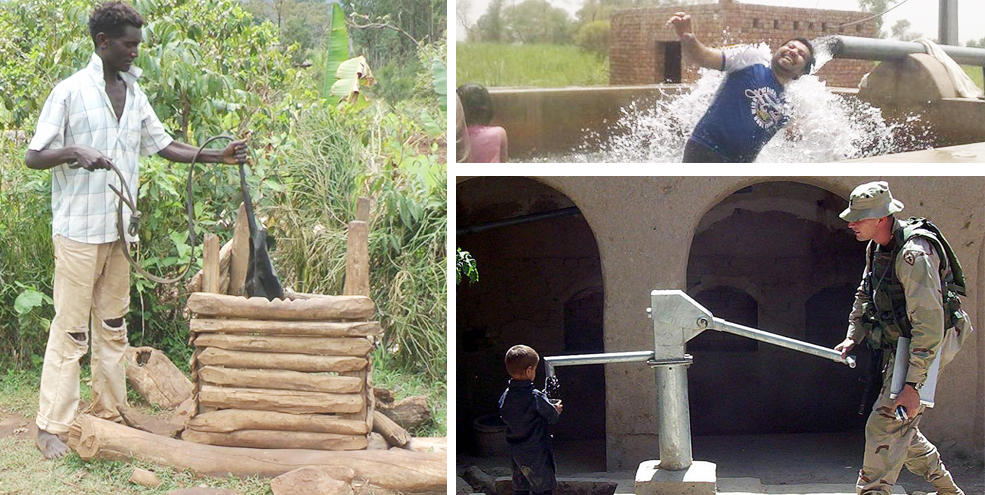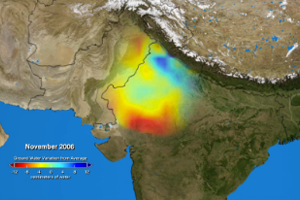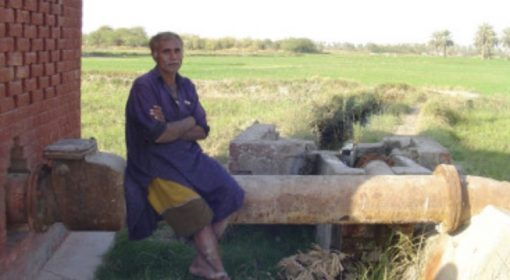
The total amount of groundwater abstraction by a country positively correlates with the size of that country. This quite obvious statement is only one of the several factors explaining the uneven distribution of groundwater withdrawal around the world. Next to factors that are for example related to population density and climate, countries differ in their knowledge on groundwater potential, in appropriate technical means and last but not least, in water governance. Water governance refers to approaches that incorporate the role, linkages and accountabilities of multiple actors at several levels such as government institutions as well as civil, professional and private stakeholders.
Groundwater management and groundwater governance contrast in a number of ways. Groundwater management is typically oriented toward a single body of water, whereas groundwater governance focuses on groundwater as part of the resource base, as a component of the environment. Thereby “management is often associated with the nitty-gritty of day-to-day operations, while governance is concerned with how decision making is structured, how decisions are taken and who has influence over those decisions” (Linton & Brooks, 2011, p. 607). So for management, the emphasis is on the results of decisions, whereas for governance it is more important by which process these decisions are made and put into effect.
Despite the contrasts, groundwater management and groundwater governance are very closely related. Institutional arrangements and legal instruments are an important part of groundwater resources management. Poor governance can contribute to the virtual non-existence or infancy of effective management. For instance, efforts to stop or reverse groundwater depletion trends are constrained by strong demographic and economic pressures, but also by the absence of groundwater governance. In theory, aquifers should be able to recover from overabstraction because of physical boundary conditions, however, this is not in line with reality. When the institutions protecting these conditions are not present, other pressures will prevail and forestall the recovery of the aquifer.
Another relation between groundwater management and groundwater governance is represented by the Groundwater Governance Program, initiated by the Food and Agriculture Organisation of the United Nations (FAO) together with UNESCO’s International Hydrological Programme (UNESCO-IHP), The International Association of Hydrogeologists (IAH), The World Bank and the Global Environment Facility (GEF). The objective of the program is to make strides towards more effective use and management of groundwater to reverse the current trend of decline and deterioration. The first step is the development of a Global Diagnostic, Shared Vision and Framework for Action. Groundwater should preferably be managed through the application of responsibility, participation, information availability, transparency, custom, and rule of law. The role of groundwater governance in this should be to provide the right environment to facilitate sustainable management, including coordination actions and decision making between and among different levels – from local to global. With this project, efforts are being made to bring groundwater governance onto the agenda of political decision making (for more info, see: www.groundwatergovernance.org).
More info:
- Linton, J. & Brooks, D., B. (2011) Governance of transboundary aquifers: new challenges and new opportunities Water International 36 (5) P. 606-618 (http://dx.doi.org/10.1080/02508060.2011.599312)
- Margat, J. & Gun, Van der, J. (2013) Groundwater around the World; A Geographic Synopsis London: Taylor & Francis Group
Images courtesy: MetaMeta, Wikimedia
{jcomments on}



